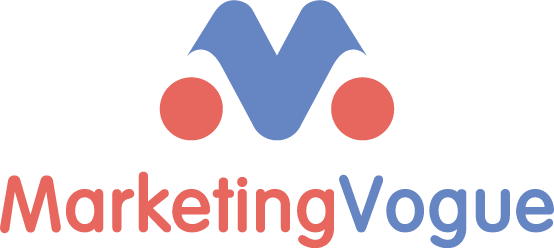EMEA Marketer’s Content Toolbox: Building a Strong Customer Experience Through Content (Part 1)
Content is the cornerstone of customer experience (CX). As digital engagement continues to grow, understanding how to build a content strategy that adapts to this shift is crucial for establishing a solid CX foundation. This blog, brought to you by Marketing Vogue and MOI Global, outlines key steps to create a customer experience framework centered around content.
Content and Customer Experience: The Connection
Customer experience (CX) refers to the sum of all interactions a customer has with your brand across their entire buying journey—from marketing to sales, to customer service and beyond. A great CX encompasses every touchpoint, and content plays a vital role in this process.
As marketers, we are tasked with balancing customer needs and business goals. CX isn’t a destination but an ongoing journey. The challenge is delivering content that not only nurtures prospects but also helps achieve business objectives, such as lead generation and sales growth.
The Role of Content in Customer Experience
Content serves as a powerful tool for engaging customers and prospects. Whether it’s blog posts, research reports, white papers, or videos, content creates touchpoints that shape the customer journey.
While content consumption (reading, watching, listening) is passive, the success of these assets is measurable. Metrics like downloads, views, time spent with content, and completions (e.g., did the reader finish the article or watch the full video?) help assess content effectiveness.
The Role of Experiences in CX
In contrast to content, an “experience” is an interactive journey that users actively engage with. Experiences are structured around defined entry and exit points. They could include a landing page with various interactive modules, an eBook with clickable chapters, or a mobile app that users navigate by tapping or scrolling.
Experiences allow for deeper user engagement, measured by metrics like time on site, sessions, bounce rates, pages visited, and lead generation. The key here is that experiences are immersive, requiring more active participation than passive content consumption.
How Content and Experiences Overlap
Content and experiences are not mutually exclusive. In fact, the same asset can serve as both content and an experience. For example, a PDF can be a static document, but it could also be repurposed into an interactive experience where users navigate through the content, choosing their own path by clicking links, exploring subtopics, or progressing through different chapters.
This blend of content and experience allows you to meet different customer needs at various stages of the journey—whether they prefer a simple read or a more interactive, engaging experience.
Content Marketing’s Role in EMEA
In the EMEA region, the balance between content and experience is essential for delivering a customer-centric approach. Before creating more content, consider the format: Should it be a static asset or an interactive experience? In some cases, repurposing content for both can maximize engagement and drive deeper connections with your audience.
The Power of Content Marketing
At its core, content marketing is about building relationships through valuable, relevant, and consistent content. For potential customers, content demonstrates your understanding of their challenges and how your brand can help solve them. For existing customers, it deepens their understanding of your products or services, building ongoing trust and loyalty.
Content marketing also drives brand visibility, credibility, and, ultimately, profitability. It helps establish thought leadership, improves SEO through valuable insights, and generates leads or increases revenue with existing customers.
Types of B2B Content and Experiences
Today, content comes in various forms. Podcasts, for instance, break away from traditional text-based B2B content, while innovative formats like courses or assessments are gaining traction in the tech space. Visual and video content is underutilized in B2B but can offer a distinctive advantage for brands that explore these mediums.
As for B2B experiences, options like interactive landing pages, eBooks, and online surveys are common, but the real potential lies in experimenting with more dynamic, engaging formats.
Creating a Unified Content Marketing Strategy
To align your content with the customer journey, consider the following steps:
- Establish Your Content Strategy
Think about how you will produce and tailor content—will it be highly customized or part of a larger content pool? What level of fidelity will each asset have? - Distribution
Make sure your content reaches the right audience, ensuring your messaging resonates with them at every stage of their journey. - Optimization
As a content marketer, ask yourself:
- How can content and experiences guide prospects through the buyer’s journey?
- Are there gaps that content can fill or new paths for discovery that can be created?
- Where should content focus on awareness, consideration, and conversion?
- What areas can you excel at and focus your efforts on?
- Don’t shy away from experimenting, but give each approach enough time to see its true impact.
Looking Ahead
In our next post, we will explore how B2B tech buyers’ research behaviors have evolved over the past two years and how this shift influences your content and engagement strategies.
This blog provides insights and strategies tailored for marketers working in or targeting the EMEA market, offering actionable advice on how to deliver exceptional customer experiences through content.


